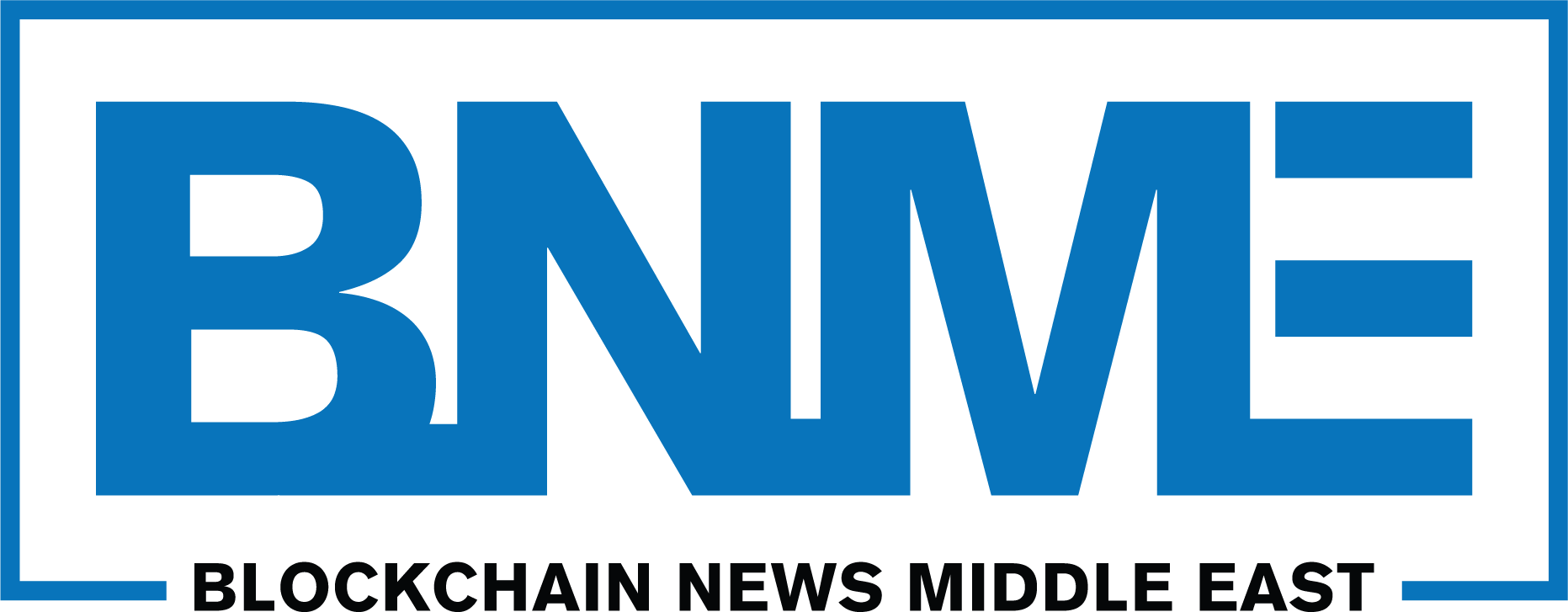The proliferation of technology and data has brought about the need to ensure a water-tight mechanism for recording transactions. This need has made the world shift its gaze to Distributed Ledgers Technology (DLT), as its immutability makes it challenging to breach security. Two of the most popular forms are Hash Graph and Blockchain. This article details the meaning and characteristics of Hash Graph and Blockchain technologies. It further spells out their differences, pros, and cons.
What is Hash Graph Technology?
Hash Graph is a relatively new technology specializing in collating and validating data. Aside from its impressive speed, ranging up to more than 250,000 transactions per second, Hash Graph is an open-source public ledger. Instead of mining, Hash Graph uses Directed Acyclic Graphs, which involves sequencing transactions without block divisions, to validate its transactions.
What is Blockchain Technology?
Blockchain technology is a form of DLT that uses chains of blocks to establish a secure distributed consensus. Blockchain is used to record transactions but is infamous for being used for Cryptocurrencies. It is also known for its peer-to-peer networks that allow each individual to view information on nodes without a central authority or server.
How is Hash Graph different from Blockchain technology
While both technologies can serve several functions, there are still significant differences between them, and depending on the intended use, such differences will determine which technology is best.
Speed
Undoubtedly, both technologies offer significant recording speed compared to traditional physical ledgers. However, Hash Graph is quite notable for its speed; it surpasses Blockchain by up to 80%. This speed is not to say that Blockchain does not record high speed, but it is still slower than Hash Graph.
Security
There are different methods of protection offered by both platforms. Hash Graph utilizes a water-tight digital signature for verification of transactions. It also has Asynchronous Byzantine Fault Tolerance (ABFT), which allows for top-notch protection by making it impossible for data to be altered or changed after recording. Blockchain uses Cryptographic hashing, ensuring that information stored on blocks cannot be changed or altered. Where there is an attempt to change its data, the signature becomes invalid.
Structure
Hash Graph and Blockchain are web 3.0 technologies that can be private or public. However, Blockchain is an open-source distributed ledger that offers several persons the opportunity to develop cryptocurrencies. Hash Graph also provides public access called Hedera Hash Graph, but the technology is under a patent (Swirlds), and every entry on Hash Graph must go through Swirlds.
Node Communications
Blockchain allows users to hop on the system, even when the nodes are unknown. In the case of Hash Graph, its nodes are familiar to owners. As such, the only one who can validate transactions is the owner or personality recognized and registered on the node.
Conclusion
The analysis above will show that Hash Graph and Blockchain are equally crucial to the web 3.0 ecosystem. Each has its pros and can improve in areas deemed lacking. However, a closer glance will reveal that unless blockchain technology undergoes a significant reform, it may soon be replaced entirely by Hash Graph.


























